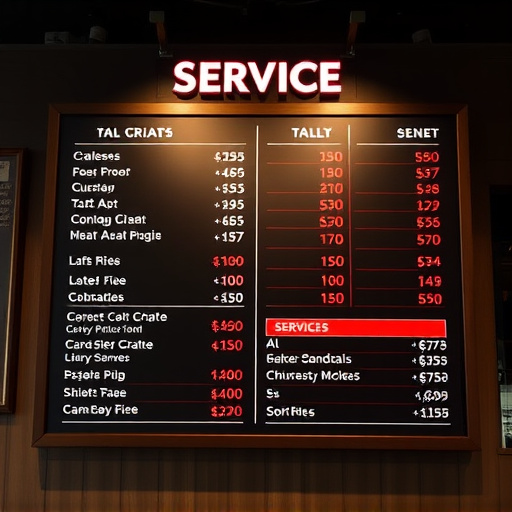Optimizing air intake systems is key to enhancing vehicle performance and reducing fuel consumption, especially in modern turbocharged or supercharged engines. The best air intake for fuel efficiency MPG is designed to deliver cool, clean air directly into the engine, improving combustion, boosting power, and minimizing restrictions. Tailoring these systems to specific vehicle needs and maintaining regular air filter replacements can significantly impact performance and fuel economy, making them a valuable upgrade for drivers seeking better MPG and environmental stewardship.
In today’s eco-conscious world, optimizing vehicle performance and improving fuel efficiency is a priority. One often overlooked aspect is air intake, which plays a pivotal role in engine power and fuel consumption. This article delves into the intricacies of understanding air intake and its direct correlation with miles per gallon (MPG). We explore best practices to reduce consumption intake, highlighting the impact on MPG and offering insights into the best air intake solutions for enhanced fuel efficiency.
- Understanding Air Intake and Fuel Efficiency
- Best Practices for Reducing Consumption Intake
- The Impact of Air Intake on MPG: A Case for Efficient Driving
Understanding Air Intake and Fuel Efficiency

In the quest for improved vehicle performance and reduced consumption, understanding air intake and its impact on fuel efficiency is paramount. The best air intake systems are designed to optimize the flow of air into the engine, ensuring a perfect mix of oxygen and fuel for combustion. By maximizing airflow while minimizing restrictions, these systems can significantly boost horsepower and torque, leading to increased fuel efficiency measured in miles per gallon (MPG).
Modern vehicles, especially those equipped with turbocharged or supercharged engines, rely on efficient air intake to harness the full potential of their powerplants. The right air intake system can deliver cooler and denser air, allowing the engine to burn fuel more efficiently. This results in not only better performance but also a decrease in fuel consumption, contributing to both environmental sustainability and savings at the pump.
Best Practices for Reducing Consumption Intake

Reducing consumption intake is a key strategy for improving vehicle fuel efficiency and maximizing miles per gallon (MPG). Among best practices, optimizing air intake stands out as a game-changer. The best air intake systems are designed to deliver clean, efficient airflow directly into the engine, enhancing combustion and boosting power while minimizing restrictions. These systems often incorporate high-flow air filters that trap contaminants, ensuring only pure air enters the motor.
Additionally, integrating an air intake system tailored for your vehicle’s specific requirements can significantly impact performance. This includes considering factors like climate, terrain, and driving conditions. For instance, a cold air intake system, which pulls air from outside the engine compartment, can lower intake temperature, boosting compression ratios and resulting in improved fuel burning efficiency. Regular maintenance, such as replacing air filters as recommended by the manufacturer, further ensures optimal airflow and overall vehicle health.
The Impact of Air Intake on MPG: A Case for Efficient Driving

The way a vehicle breathes, or its air intake system, plays a crucial role in its overall fuel efficiency. Optimizing this system can lead to significant improvements in miles per gallon (MPG). The best air intake for fuel efficiency is designed to deliver a precise amount of cool, clean air directly to the engine, enhancing combustion and reducing energy wastage. By maximizing the efficiency of each inhalation, these systems can help drivers achieve better MPG, resulting in cost savings at the pump.
This is especially relevant in today’s market where consumers are increasingly conscious of fuel economy. Efficient driving practices, combined with the right air intake technology, offer a practical and accessible way to enhance performance while reducing environmental impact. With many modern vehicles already equipped with sophisticated engines, upgrading to a high-performance air intake system can be a simple yet effective step towards achieving optimal fuel efficiency.
Reducing consumption intake, particularly through optimizing air intake, is a key strategy for enhancing fuel efficiency and achieving better MPG. By understanding the impact of air intake on engine performance, drivers can adopt best practices such as maintaining a clean air filter, keeping engines well-tuned, and practicing efficient driving habits. Investing in the best air intake system designed for fuel efficiency can be a game-changer, revolutionizing how we navigate our vehicles and contributing to a more sustainable future.














